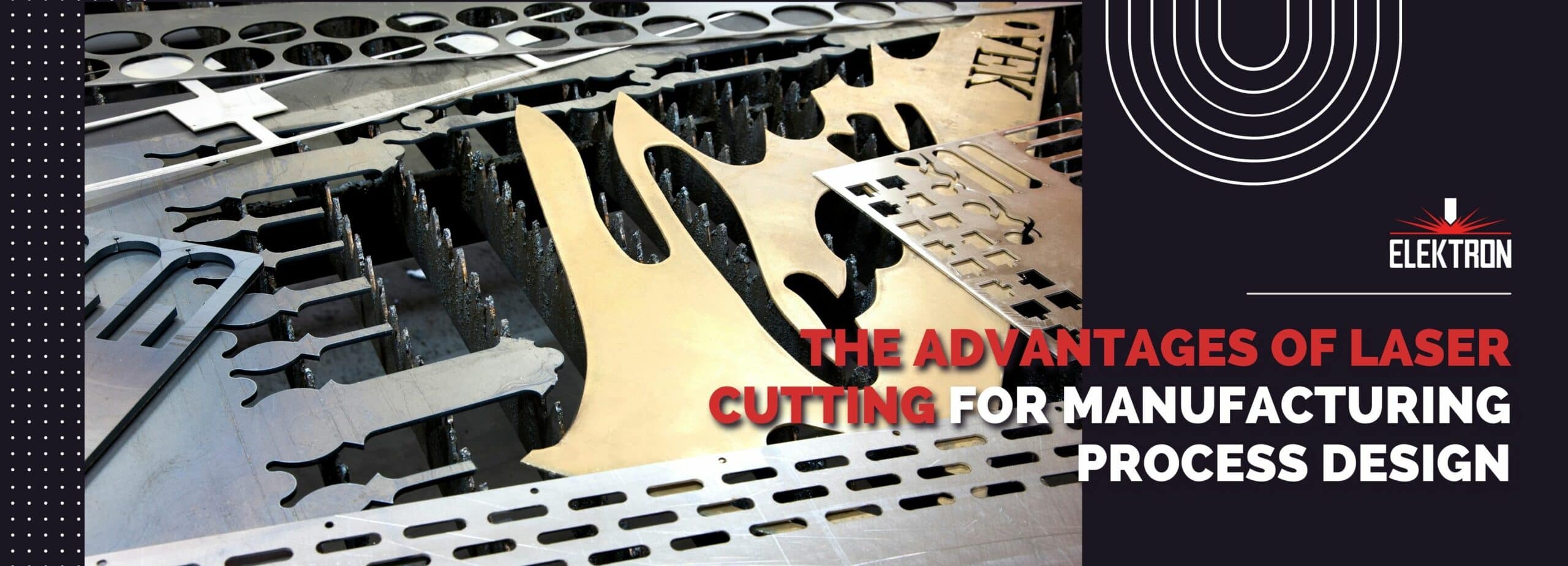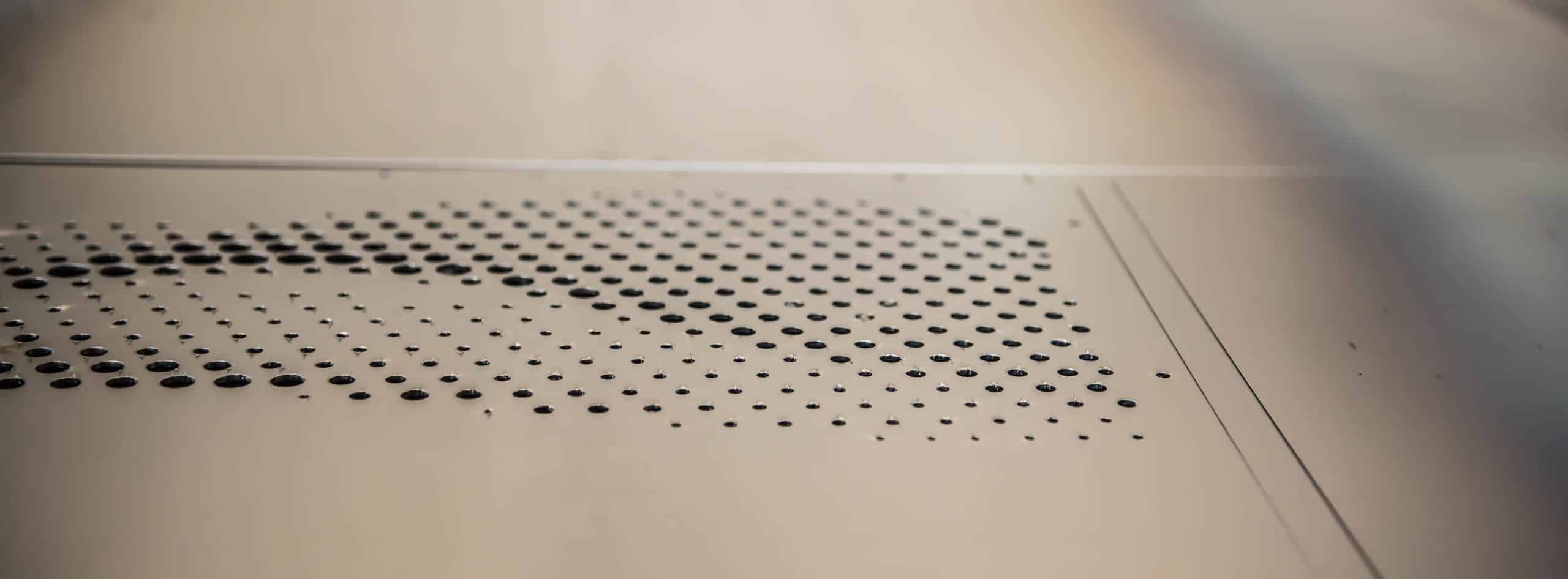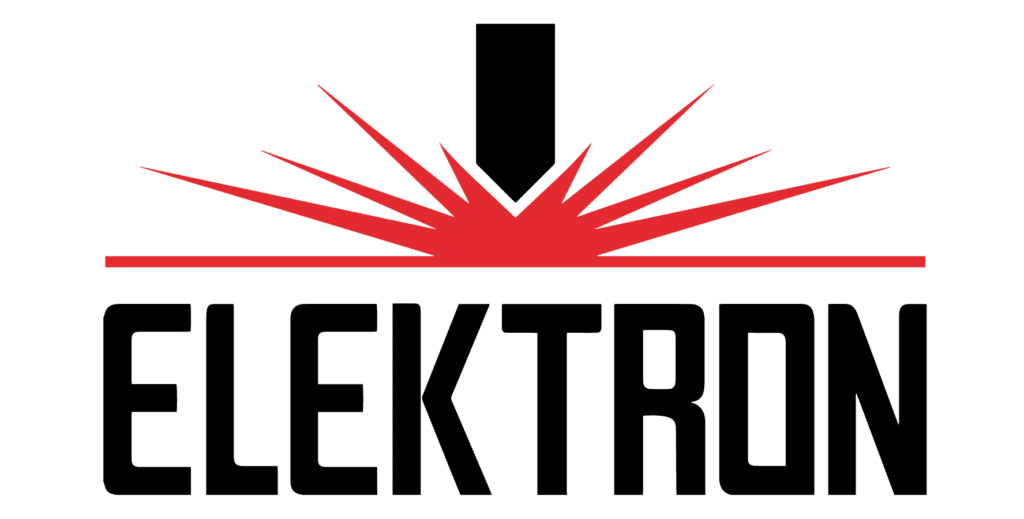
Do you know? Laser cutting is not a new invention in today’s world; it was invented in 1965 when diamond dies were used to drill holes by the first commercial laser-cutting device. Western Electric Engineering Research Center produced this device. The British invented laser-assisted oxygen jet metal cutting in 1967. This method was first used to cut titanium for aerospace purposes in the early 1970s. Since CO2 lasers at the time were not strong enough to overcome the thermal conductivity of metals, they were modified to cut non-metals like fabrics.
Production design for manufacturing is not a new concept. For many years, manufacturers have worked to simplify and improve the manufacturing process by guaranteeing that a design may be produced early on in the development process. This expedites the time to market for new goods while simultaneously ensuring maximum efficiency. Most efforts to simplify designs for manufacturing have concentrated on simplicity, that is, seeking to lessen design complexity to avoid problems in the manufacturing process. Generally speaking, the more complicated a design is to create, the more expensive it is to do so. The creation of more complex products is now easier because of the advancement of new technologies like laser cutting. Laser cutters have streamlined the manufacturing process rather than the products themselves, allowing for greater complexity in a shorter amount of time and more creativity.
Advantages of Laser Cutting
The manufacturing process can benefit greatly from laser cutting. To begin with, laser cutters can be modified to precisely cut almost any material of any thickness. It is quick, pointed, and adaptable to changing market conditions or the needs of a particular product. Furthermore, because it necessitates little to no subsequent cleanup, it is a cleaner procedure than most cutting methods.
Unevenly calibrated lasers can burn materials or fail to cut them cleanly, so there are undoubtedly some negatives. It uses more power than other types of cutters and requires more training to use properly. And even though wet cutting and other procedures, including laser cutting, are more expensive on average, the advantages frequently exceed the disadvantages.
The use of laser-cutting technology can improve any product’s design for manufacture. Quality and price are two factors that greatly affect the market value of any product, and laser cutting enables the production of high-quality components at a reduced total cost, enabling the sale of a more competitively priced, higher-quality product. The manufacturing process can be more flexible thanks to laser cutting. A laser can cleanly and precisely cut almost any substance, from the toughest alloy down to the thinnest polymers, thanks to its operating heat intensity, which is several times greater than that of the sun. Due to the wide range of materials available to engineers, this flexibility aids in the design of a manufacturing process. Manufacturers can select the precise materials that are optimal for the work, rather than being limited to those that are affordable or readily available.
The advantages of laser cutting include its adaptability, accuracy, repeatability, speed, cost-effectiveness, high quality, contactless cutting, and potential for automation.
Additionally, the use of laser cutting promotes greater innovation in the creation of products. Parts do not need to fit within the constraints of the laser cutter because lasers are not constrained by geometry. Materials can be oriented in any way, which enables them to be cut in any shape or form since the laser itself never physically comes into contact with the item being cut. The lasers’ precision cuts frequently necessitate little to no post-cut processing, hastening the manufacturing process.
They are a fundamental advantage of laser cutting; if you want to learn more about laser cutting, how to use it, and how much it costs, you should visit the Elektron website; they have extensive knowledge of laser cutting and can provide you with it.


